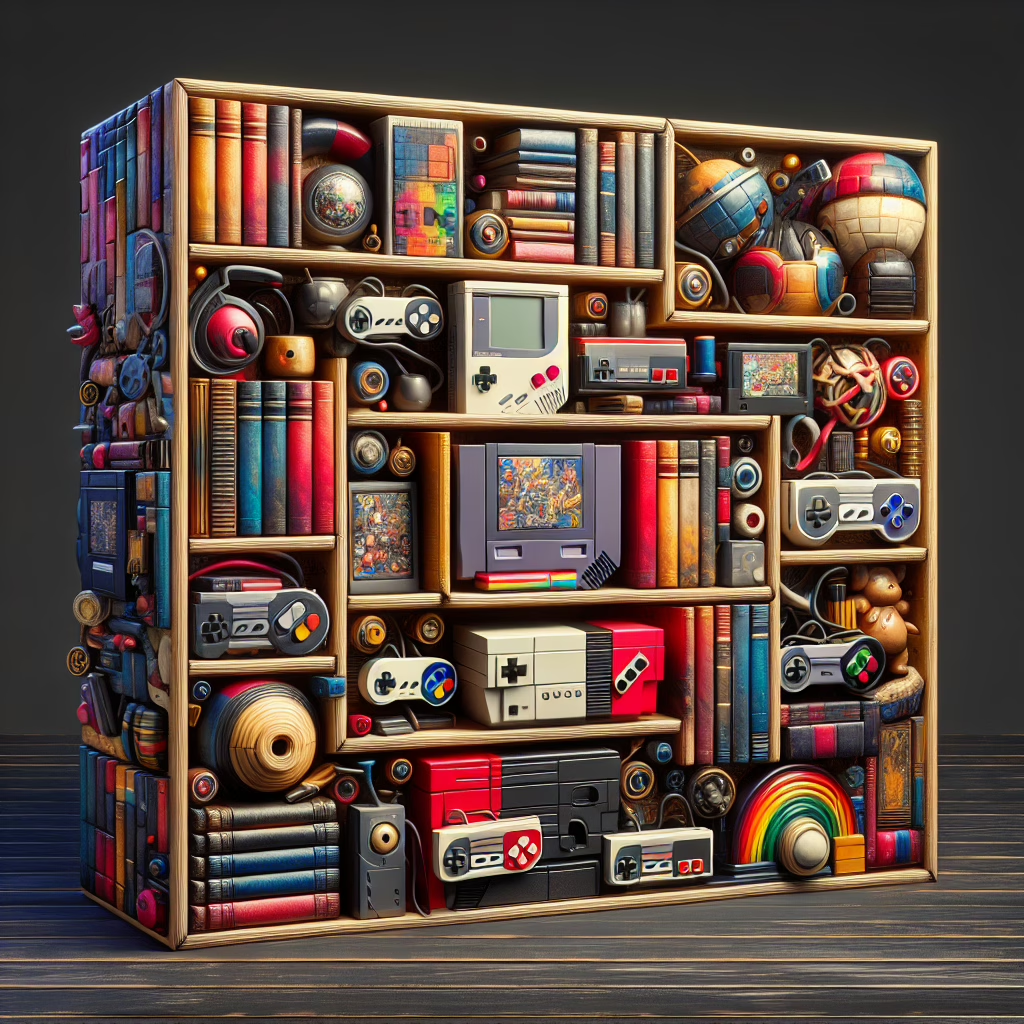In a move that has tickled the funny bones of gamers everywhere, Japan’s National Library has officially declared that game key cards are not eligible for preservation. Yes, you heard that right! Those little bits of plastic that unlock our digital worlds have been deemed unworthy of the hallowed halls of national history. But fear not, fellow gamers; this just means we have more room for other fascinating artifacts, like the legendary Game Boy or the first copy of Super Mario Bros.! This decision shines a light on critical aspects of game preservation in a rapidly changing digital landscape, especially in a nation like Japan, where gaming culture thrives.
What Does This Mean for Game Preservation?
The announcement might leave some scratching their heads, wondering how on earth tiny cards that open up entire universes could be overlooked. After all, these key cards are like the VIP passes to our nostalgic playgrounds. However, the library’s reasoning is as straightforward as a well-executed speedrun: they aim to preserve items with long-term cultural significance.
Key cards, while essential for accessing games, don’t exactly scream historical importance, right? They’re more like the unsung heroes of gaming—crucial but often forgotten once we’ve unlocked our favorite titles. The library’s focus is on preserving items that tell stories over time, and unfortunately, game key cards just don’t have that epic saga. This leads to a thought-provoking question: what does it mean for the future of game preservation when vital artifacts are overlooked?
The Rise of Digital Game Preservation
As we march into 2025, digital game preservation is becoming increasingly vital. With every passing year, games evolve from physical cartridges to cloud-based treasures. The challenge lies in keeping track of these digital gems, especially considering the vast library of games now available to players. So while the key cards may not make it into the library’s collection, it begs the question: what will?
Imagine a future where historians sift through digital archives to uncover how players interacted with their favorite games. Game developers are now considering their own legacies by creating documentation and collecting memorabilia. It’s like a museum exhibit waiting to happen! Just picture it: a section dedicated to virtual worlds where you can relive your childhood—minus the sticky floors and overpriced snacks. This burgeoning focus on preservation signals a recognition of gaming as a legitimate part of cultural heritage, notably in a place like Japan where gaming holds a prestigious place in society.
The Cultural Impact of Gaming
Let’s not forget the cultural impact gaming has on society. From iconic characters like Mario to groundbreaking titles like The Legend of Zelda, video games have shaped generations. This influence is something worth preserving! While game key cards may not find themselves in a glass case anytime soon, entire libraries dedicated to gaming culture could be on the horizon. The narrative that gaming weaves into modern culture is rich and expansive, making its preservation all the more crucial.
So what if Japan’s National Library isn’t planning on keeping those little plastic wonders? That doesn’t mean we can’t celebrate what they represent: a passion for gaming and an evolving medium that continues to entertain and inspire. Anyone interested in the topic of game preservation should look into the implications of this decision in a broader context.
What Can We Do About It?
As we navigate this digital landscape together, there are steps we can take to support game preservation efforts! Start by documenting your own gaming experiences—write about your favorite games or create video retrospectives. Share your insights with fellow gamers online and contribute to community-driven projects focused on preserving gaming history. Consider the significance of your own gaming journey as a vital part of this history.
Additionally, support organizations dedicated to archiving video games and their related materials. Many non-profits focus on preserving both physical and digital aspects of gaming culture. Every little effort counts! Initiatives aimed at curating collections and making them accessible to the public are essential for fostering understanding and appreciation of gaming as an art form. Your supporting actions can make a difference not just locally, but also internationally, especially in the context of game preservation in Japan.
In Conclusion
While Japan’s National Library may have decided against preserving game key cards, this decision opens up a broader conversation about what constitutes historical value in the world of gaming. It encourages us all to think about how we can actively participate in preserving our beloved pastime for future generations. The focus on significant cultural contributions invites enthusiasts and historians alike to begin a dialogue about which aspects of gaming deserve a place in our shared history.
So grab your controller and get involved! Share your thoughts in the comments below—what do you think about this decision? And remember: even if our key cards don’t make it into a museum someday, the memories we create with them definitely will! Let’s keep the conversation about game preservation alive, especially as we continue to celebrate cultures across the globe, like that of Japan.
A big thank you to Nintendo Life for bringing this amusing yet thought-provoking topic to light!

